 Lake Rukwa Valley lies at an elevation of 2,600 feet between Lake Nyasa and Lake Tanganyika. Its low southeastern edge includes the shallow, alkaline Lake Rukwa, which is fringed by the North and Central Rukwa plains.
Lake Rukwa Valley lies at an elevation of 2,600 feet between Lake Nyasa and Lake Tanganyika. Its low southeastern edge includes the shallow, alkaline Lake Rukwa, which is fringed by the North and Central Rukwa plains.
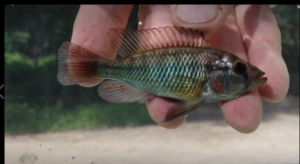
The lake is home to around 60 fish species with nearly one-third endemic.
Lake Rukwa Lampeye (Aplocheilichthys), Fuelleborns’ Mouthbrooder (Haplochromis fuelleborni), a handful of Barbus species, and Chelaethiops rukwaensis all live along the margins of the lake.
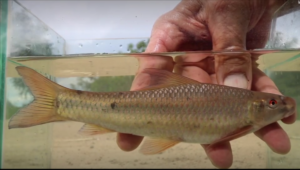
Deltas in the Luika, Songwe, and Chambue Rivers provide swamplike environement for some other cichlid that includes Oreochromis and Tilapia species. Oreochromis and Tilapia species are important to the local economy for food fish. The eastern shore is a rocky habitat and is home to Labeo cylindricus. The rocky areas of the lake have less fish species than the other areas of the lake.
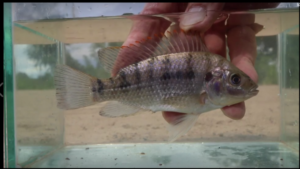
The Lake Rukwa tilapia, Oreochromis rukwaensis, is an endemic cichlid in Lake Rukwa. Oreochromis rukwaensis can reach a length of 13 in. This species is important to local commercial fisheries.
Riverine species in the Piti River contain Amphilius jacksonii, Leptoglanis rotundiceps, and Chiloglanis trilobatus
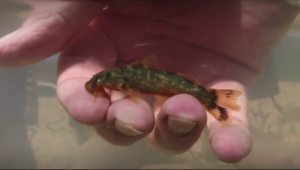 Lake Rukwa suckermouth (Chiloglanis rukwaensis) is an upside-down catfish from the region and can be found in Tanzania and Zambia through the Lake Rukwa drainage. Chiloglanis rukwaensis grows to a length of around 5 centimeters when grown.
Lake Rukwa suckermouth (Chiloglanis rukwaensis) is an upside-down catfish from the region and can be found in Tanzania and Zambia through the Lake Rukwa drainage. Chiloglanis rukwaensis grows to a length of around 5 centimeters when grown.
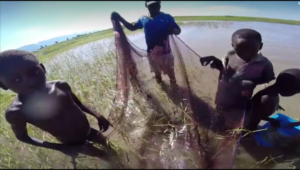
Crocodiles can be a nuisance in this area. From 2003 to 2012 around 32 people were killed and 19 injured by crocodiles. They were also reported to have killed 52 cattle, 10 dogs and 23 goats. Most attacks by
crocodiles occurred while people were fishing or crossing rivers. Dangerous crocodiles are often killed but still there is a problem with human interaction.
photos courtesy: Hans van Heusden
 Biotope One A Study of Flora and Fauna
Biotope One A Study of Flora and Fauna 


